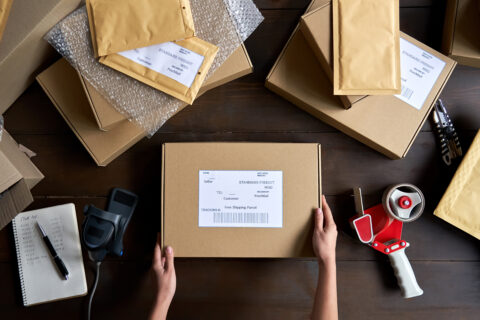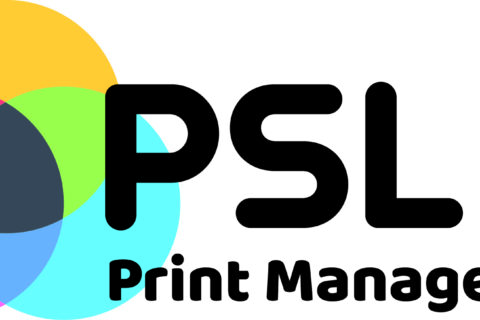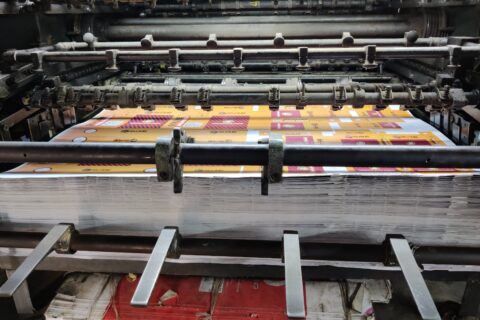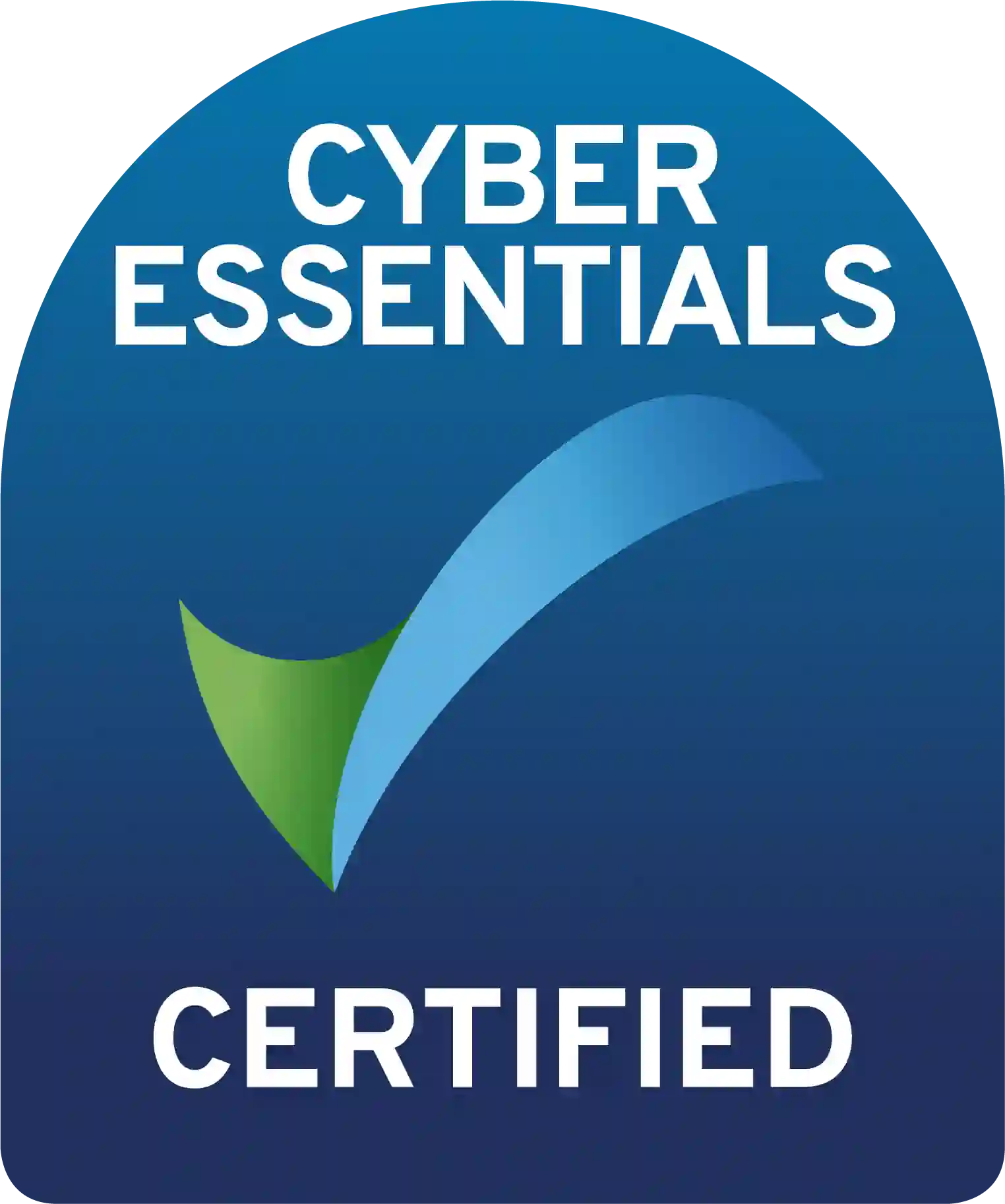Barcode labels for beginners

Barcode labels are one of the best ways to keep track of inventory and sales records. Before you start using them though, it’s best to understand exactly what they are. Barcodes are symbols that can be electronically scanned using either a laser or camera system. The information encoded within them can include product numbers, serial numbers, and batch numbers. Each time the barcode is scanned it can send information to a system so that you know the exact status of your inventory.
But before your company can start using them, there are a few necessary steps which you’ll need to follow.
First off, if you intend to sell your products then you have to assign the numbers that will go into the code itself. These numbers are called GS1 Identification Keys. In order to assign them you will have to obtain a GS1 Company Prefix from a GS1 Member Organisation.
GS1 is the global keeper of barcodes, and in order for you to use barcode labels you need your own individual barcode that identifies your company as the manufacturer or seller of a product. It is the most efficient way for you to identify your projects throughout the supply chain.
Once you have the prefix you can begin assigning identification numbers to items. Your member organisation can help you with how many numbers you are required to assign as a result of the length of your company prefix.
Next up you will need to decide on a barcode printing process. There are many different options available for this stage, and a printing specialist can help you to decide which approach works best for you.
For example, you may want your barcode to include either static or dynamic information – these both require different printing processes. Barcodes with static data could potentially be printed directly onto the packaging with a digital method, while dynamic data usually requires traditional printing presses.
Once your labels have been printed, it’s up to you to decide on a primary scanning method. Barcodes that will be scanned at POS must support omnidirectional scanning; barcode labels that will also be scanned in the warehouse should be printed in a larger size as they will need to be scanned during the distribution process too.
Do you need help deciding which barcode to use? There are different options available and each has factors that are better suited to different products. If you would like to find out more about the options that are available to you, you can fill in our enquiry form. When we have your details we will be in touch to set up a free consultation within which we can talk you through the barcode labels we can provide you with.















